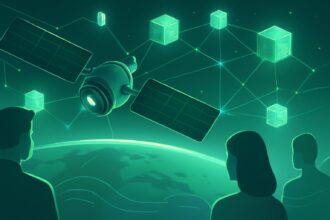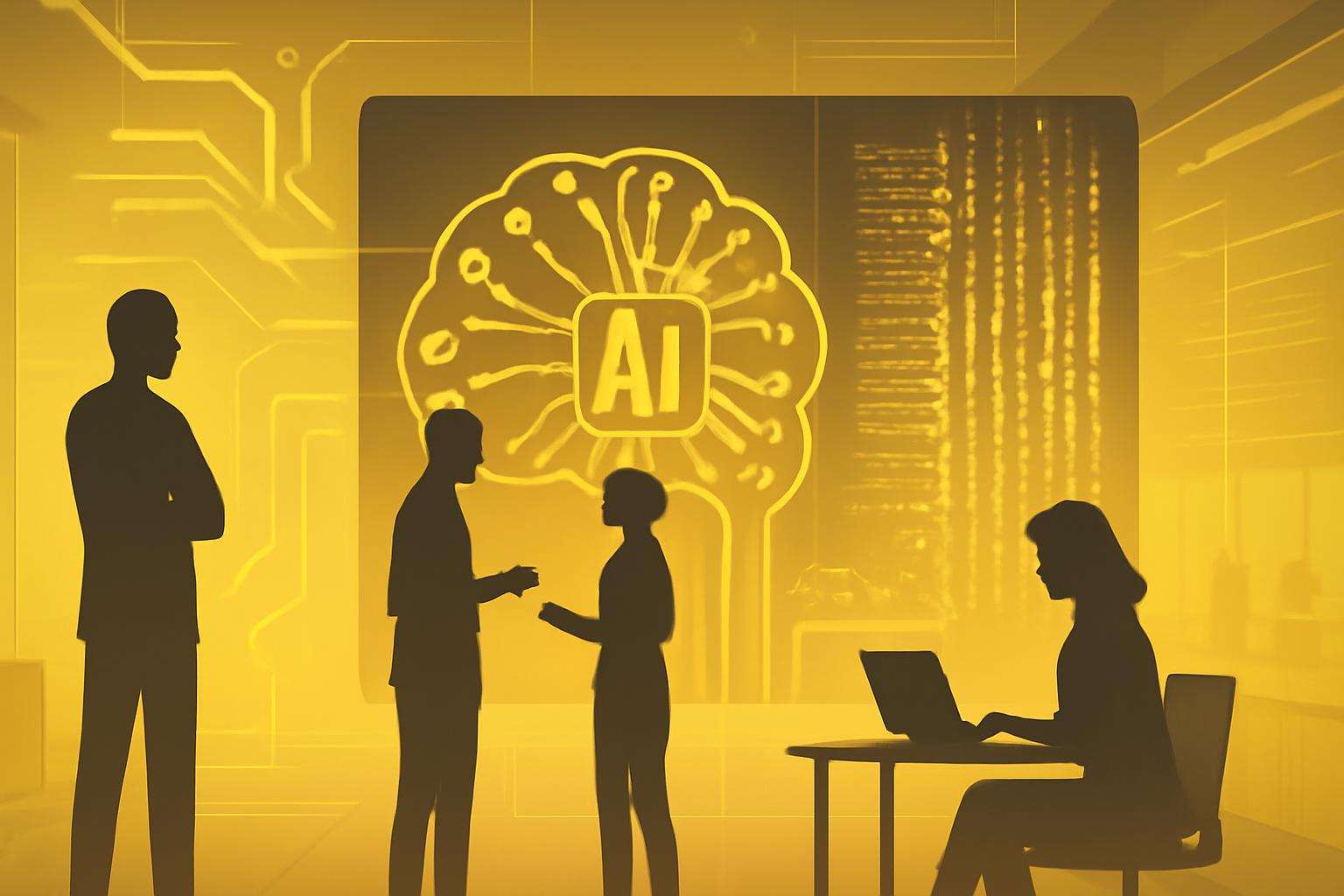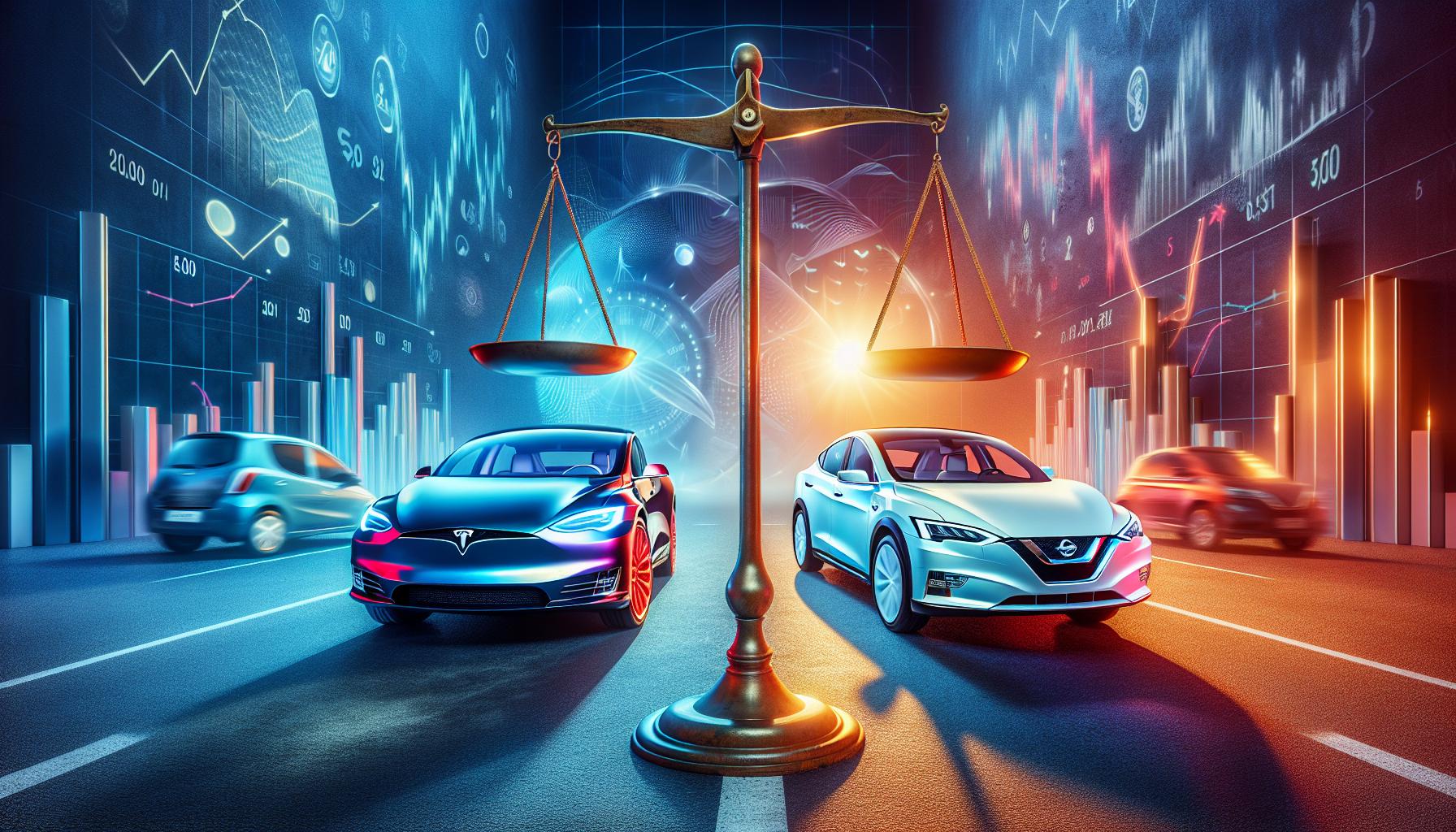Current AI Models and the Limits of Scientific Discovery
Thomas Wolf, co-founder and Chief Science Officer of Hugging Face, has expressed skepticism about the potential for current artificial intelligence models to generate major scientific breakthroughs. Speaking at the Web Summit in Lisbon, Wolf challenged optimistic claims made by AI leaders such as OpenAI’s Sam Altman and Anthropic’s Dario Amodei regarding AI’s transformative role in science.Defining Scientific Breakthroughs
By scientific breakthroughs, Wolf refers to revolutionary ideas comparable to Nobel Prize-level discoveries. He cited Nicolaus Copernicus’ heliocentric theory as an example—a paradigm shift that fundamentally altered scientific understanding.Limitations of Current AI Chatbots
Wolf identified two primary limitations with current AI chatbots such as ChatGPT. First, these systems tend to align with the user’s prompts, often providing agreeable or flattering responses rather than challenging assumptions. Second, the underlying models function by predicting the most likely next token or word in a sequence, which inherently favors probable, rather than novel, outputs.“The scientist is not trying to predict the most likely next word. He’s trying to predict this very novel thing that’s actually surprisingly unlikely, but actually is true,” Wolf explained.The Role of Contrarian Thinking in Science
Wolf emphasized that groundbreaking scientists often take contrarian positions, questioning prevailing theories rather than conforming to expectations. This mindset contrasts sharply with AI’s probabilistic language models, which optimize for the most statistically likely outputs and thus lack the disruptive creativity necessary for major scientific innovation.AI as a Scientific Co-Pilot
Despite these limitations, Wolf acknowledged that AI models have a valuable role as augmentative tools. They can serve as “co-pilots” for scientists, assisting with research tasks and helping to generate new ideas rather than independently producing breakthroughs. This collaborative potential is already evident in applications like Google DeepMind’s AlphaFold, which has significantly advanced protein structure prediction and holds promise for accelerating drug discovery.Emerging AI Startups Targeting Scientific Innovation
Several startups, including Lila Sciences and FutureHouse, are exploring ways to push AI beyond its current capabilities toward enabling genuine scientific breakthroughs. However, according to Wolf, such advances will require models that transcend mere pattern prediction to embrace contrarian and novel thinking.FinOracleAI — Market View
Thomas Wolf’s insights provide a measured perspective on the current state of AI in scientific research, highlighting fundamental limitations in existing language models. While AI excels at processing and augmenting data, its architecture inherently favors consensus over contrarian innovation, limiting its ability to independently generate groundbreaking scientific ideas.- Opportunities: AI as a research assistant can improve efficiency and creativity in scientific workflows.
- Risks: Overestimating AI’s capacity could lead to unrealistic expectations and misallocation of research investments.
- Emerging startups aim to develop models with enhanced novelty detection and contrarian reasoning capabilities.
- Successful integration of AI and human expertise remains critical for future scientific advances.
Impact: The market should view current AI models as complementary tools rather than autonomous innovators in scientific discovery, emphasizing hybrid human-AI collaboration for meaningful progress.













